(Part Two ) Opening Hooks and Setting Scenes that Don’t Get Weighted Down
In Part One of CRAFTING BETTER BEGINNINGS, I gave examples of using too much back story, of actually polluting our story openings with information dumps.
Today we’ll talk about opening hooks and setting scene.
One of the big problems with poor beginnings is that they often are lack-luster. Novelists dull their beginnings by not concentrating enough of their effort on the very first sentence or two to really set the tone and grip the reader. Those first lines are aptly called the hook, and if you don’t take care to set it, the reader might not make it to the end of the scene.
Consider these story hooks from some current fiction, and try to distinguish some of their common traits:
With the wrong smile, her sister could destroy Jinx’s world. Right away we’re asking, what kind of world is that? Who is Jinx? How old is she? What is the “wrong” kind of smile? What’s her relationship with her sister? Is her sister younger or older?
Odessa tried to shove back the wave of fear as the slow suffocation began. Suffocation? Why is she suffocating? Why would she try to shove back the fear? After all, sounds terrifying! Why is the suffocation slow? What in the world is this woman’s predicament anyway?
Markos Stavros would not go to war on the eve of his brother’s wedding. Even if he wanted to murder his best friend. What? What war? War and wedding? Kill his best friend? Who’s Markos? Why does he sound so conflicted?
Ariella shoved through the clogged street, defying the mob of frantic citizens. Who is Ariella? Why are the citizens frantic? Is she fighting the crowd or moving with them? What’s going on in this city?
In the fading lavender twilight, at the edge of a clearing, stood half a dozen Shawnee warriors. Ominous! Who are these warriors? Why are they standing there at twilight, and at the edge of a clearing? Is there someone in the clearing? Is this a threatening situation? What are they thinking, considering, looking at?
The two men ran through the moonlit woods with strength they didn’t realize they possessed. Time was running out. The hunters would soon be the hunted. Who are these men? Why are they running away by moonlight? Why is ‘time running out’? What or who were they hunting, and why will they also be hunted?
And just because I can’t help myself, here’s one from my brand new novel:
In the playful dance of moonlight and shadow, Jesilyn knew it would be nearly impossible for Clayton to tell her apart from Corianne, her twin. What’s going on out there in the moonlight? Why is she so obviously aware that this man Clayton won’t be able to distinguish her from her twin? What’s she up to?
I would like to give you some examples of poor openings, but that would just be mean. So instead we’ll talk about what’s right with the ones above.
First, they all start immediately in the action of the story. They open with enough of a punch to stir the suggestion of conflict. If a story doesn’t suggest conflict — either physical or, more often, emotional — right near the beginning, it will fall flat at hooking the reader. A gracious reader will read further to see if the hook is coming. But some will put the book down immediately.
Don’t think that this means you need to start with blood and gore, screaming and yelling, explosions and crashes. Conflict is most often subtle. If you re-read the openings I gave as examples, you’ll see there’s an underlying current of conflict-in-the-making.
At the same time, the tipping point called the inciting incident isn’t lingering pages and pages away. For loads on understanding inciting incidents in your writing, I highly recommend Les Edgerton’s book Hooked: Write Fiction that Grabs Readers at Page One & Never Lets Them Go. In a nutshell, your story must begin at the point where something is occurring (the inciting incident) that will cause the main character to make a change or to take steps toward making a change that will then set off the chain of events making up the story plot.
![]() So start in the action, whether it’s physical or emotional.
So start in the action, whether it’s physical or emotional.
Start in the head of the main character.
Start with a hint at the conflict.
And also, start with a set-up, but don’t belabor it. (No backstory. No over-describing.) Those warriors standing in the lavender twilight at the edge of a clearing — wow! Imagery written like that immediately puts a picture in my mind, but doesn’t have to paint every last detail. That was really nice of the author (in this case, Laura Frantz) to allow me, as a reader, to fill in the details with my imagination.
And those men running in the woods at night! Can’t you just see the big ol’ full moon flitting through the stark branches of the trees like it’s after them? And can you hear the men’s panting breaths? I can.
It doesn’t take much. It merely takes being selective with word choice and arrangement to set the overall tone you want readers to feel for the course of the novel.
One more thing. As I’ve been focusing a lot on hooks in my own craft studies lately, I’ve come to decide that the best ones don’t begin with dialogue. Some of my books’ hooks have begun with dialogue, but in retrospect, I don’t believe that’s best. Perusing through novels to find the examples above, I realized that none of them began with the dialogue. Some of them have dialogue immediately following; but, most pack the punch, hitting me — the reader — right in the gut with one or two very trim lines of prose that introduces conflict, scene, character, or even all three. Just something to think about.
Exercise:
- Go to your WIP and re-craft your hook. Start in the growing conflict, right where the inciting incident is about to ignite. Try it from every possible angle.
- Pull out six or seven of your favorite current novels and study the hooks. Read and even copy down the opening paragraphs of each. Allow the process to give you a feel for writing great hooks.
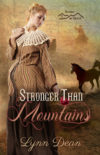
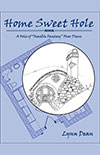
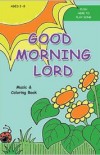
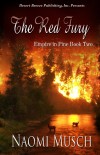
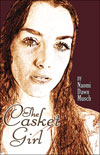
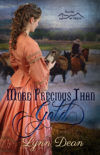
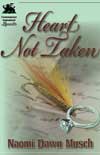
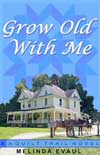
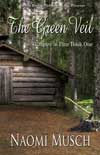

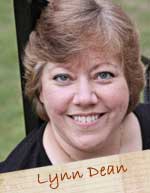


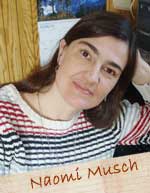


Speak Your Mind
You must be logged in to post a comment.